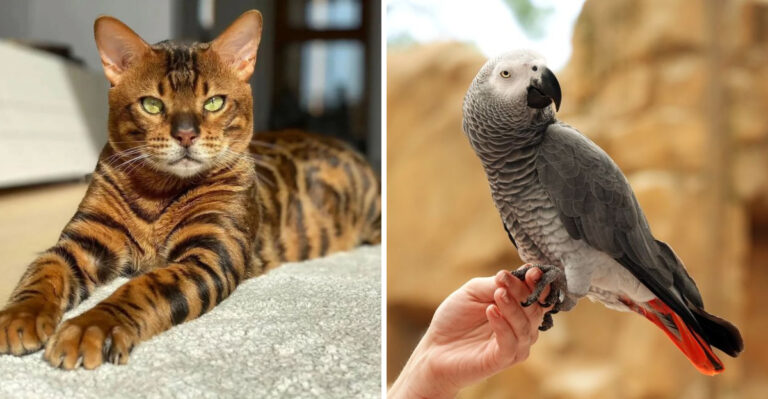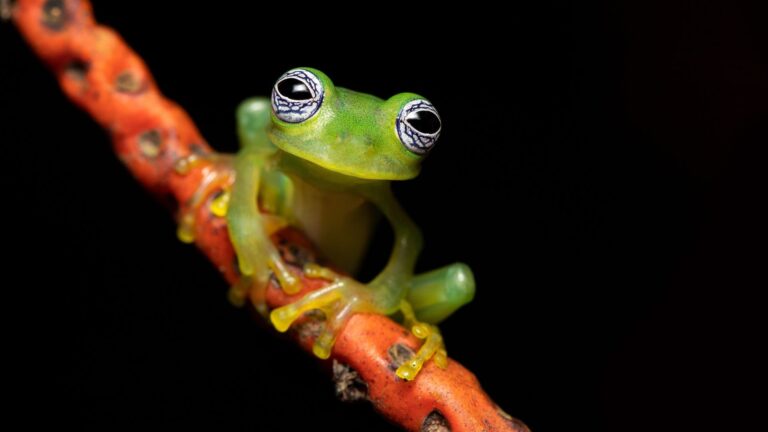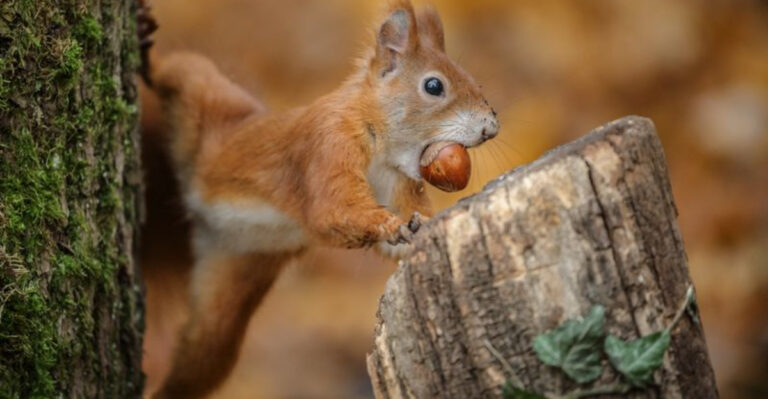Study Explores The Ups And Downs Of Gorillas Being Social Creatures
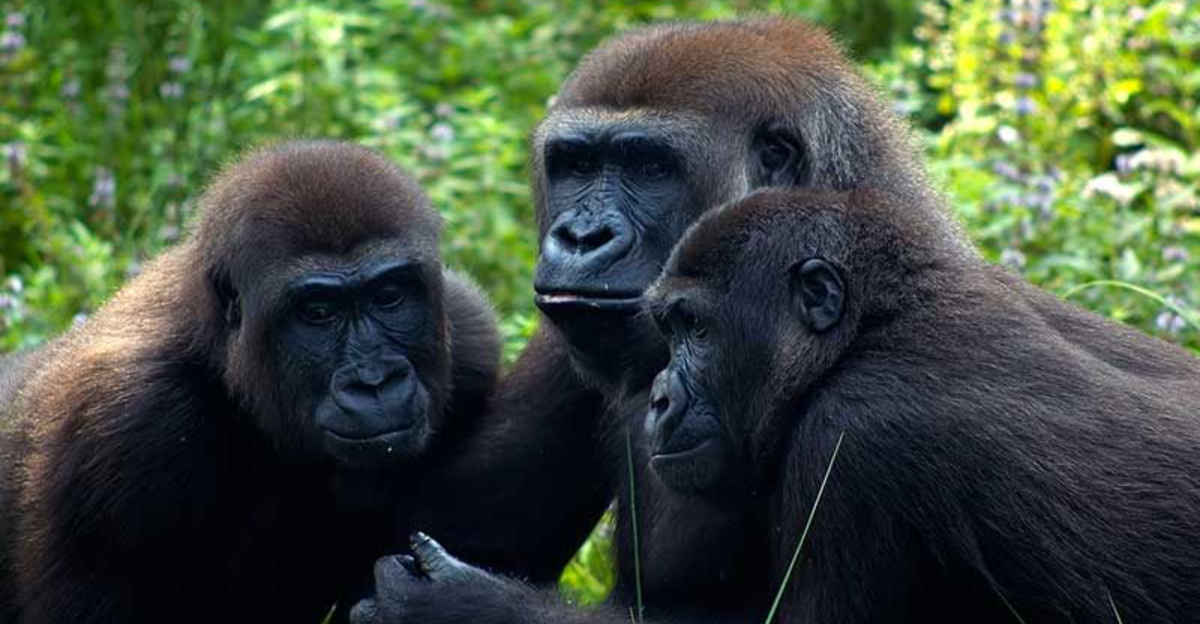
Mountain gorillas live in tight-knit family groups, sharing food, grooming each other, and raising their young together.
A groundbreaking study published in the Proceedings of the National Academy of Sciences (PNAS) has revealed fascinating insights about their social lives.
Researchers analyzed over 20 years of data on 164 wild mountain gorillas to understand how social connections impact their health and survival.
1. Family Bonds Boost Survival Rates
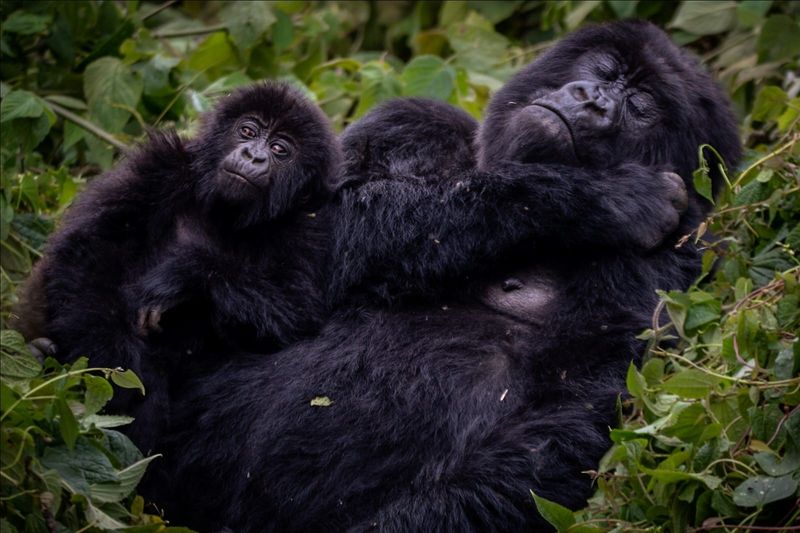
Strong family ties literally help gorillas live longer! The PNAS study found that gorillas with more social connections had significantly higher survival rates than their more solitary counterparts.
Researchers discovered that well-connected gorillas enjoyed a 26% lower mortality risk. This survival advantage applies across all age groups, from playful youngsters to wise silverbacks.
Think of it like having a support network during tough times. When food becomes scarce or predators threaten, socially connected gorillas can rely on their group for protection, food sharing, and emotional comfort – proving that friendship matters in the animal kingdom too!
2. Grooming Rituals Strengthen Relationships

Gorillas spend hours each day picking through each other’s fur, removing parasites and debris. Far more than just hygiene, these grooming sessions serve as social glue for gorilla communities.
During grooming, gorillas release oxytocin – the same bonding hormone humans produce when hugging loved ones.
The PNAS study revealed that gorillas who participated in more grooming sessions maintained stronger social connections and enjoyed better health outcomes.
Remarkably, researchers observed that these sessions follow distinct patterns, with higher-ranking gorillas typically receiving more grooming attention. This mirrors human social hierarchies where influential individuals often receive more social engagement.
3. Silverbacks Maintain Group Harmony
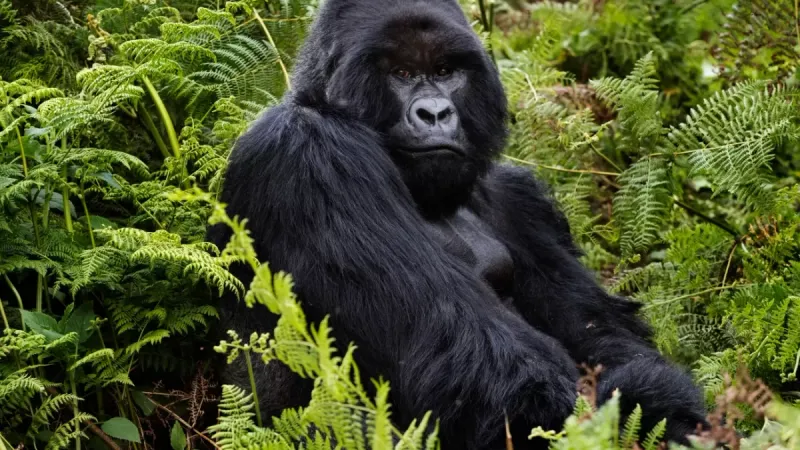
The dominant males – called silverbacks due to the silver fur that develops on their backs with age – serve as peacekeepers within gorilla societies. When conflicts arise between group members, silverbacks step in with impressive conflict resolution skills.
According to the 20-year study, groups with experienced silverbacks showed 43% fewer violent conflicts. These mature males use a combination of intimidating displays and gentle interventions to maintain social order.
Some silverbacks develop unique leadership styles, with certain males using more physical posturing while others rely on subtle vocalizations.
Their leadership proves crucial during territorial disputes with neighboring gorilla groups or when encountering human threats.
4. Social Stress Can Suppress Immune Function
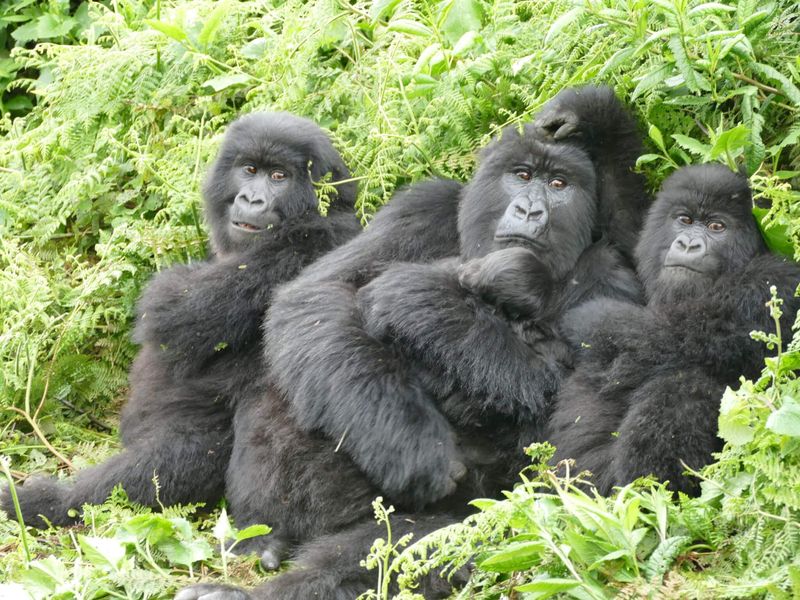
Not all social interactions benefit gorillas. The PNAS research uncovered that gorillas experiencing social instability showed measurable immune system suppression, making them more vulnerable to disease.
Blood samples from gorillas following group conflicts revealed elevated cortisol levels – a stress hormone that can inhibit immune response.
Researchers noted a 31% increase in respiratory infections among gorillas during periods of social upheaval. Female gorillas seemed particularly affected by social stress when new males joined the group or when dominance hierarchies shifted.
This mirrors findings in human studies where social stress similarly impacts immune function, suggesting deep evolutionary roots for this mind-body connection.
5. Play Behaviors Teach Crucial Social Skills
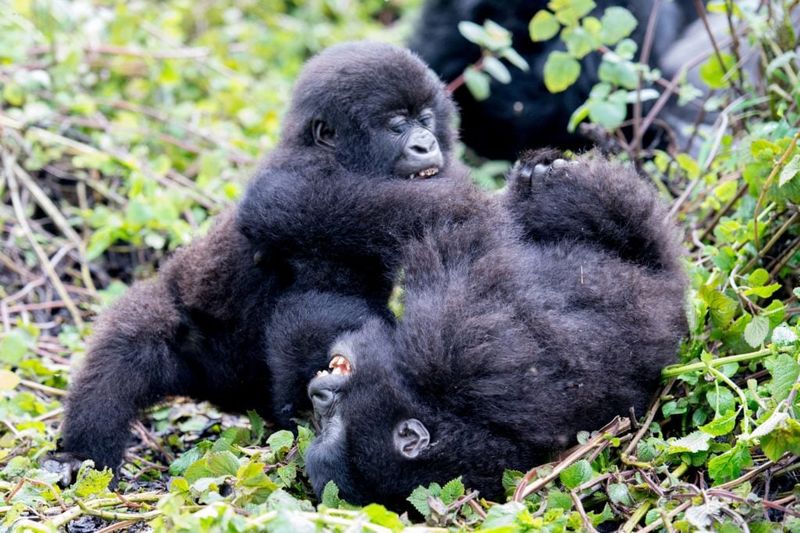
Young gorillas engage in wrestling matches, chasing games, and playful tumbling that might look like simple fun but serves a critical developmental purpose. The 20-year study documented how these play sessions help juveniles learn boundaries, strength control, and social cues.
Gorillas who engaged in more diverse play as youngsters developed into more socially adept adults. Researchers observed that play-deprived gorillas struggled with appropriate social responses and conflict resolution.
Fascinatingly, adult gorillas sometimes join in play sessions with youngsters, showing remarkable restraint and gentleness.
This cross-generational play appears to strengthen group bonds while providing youngsters with social learning opportunities from experienced group members.
6. Female Migration Creates Genetic Diversity
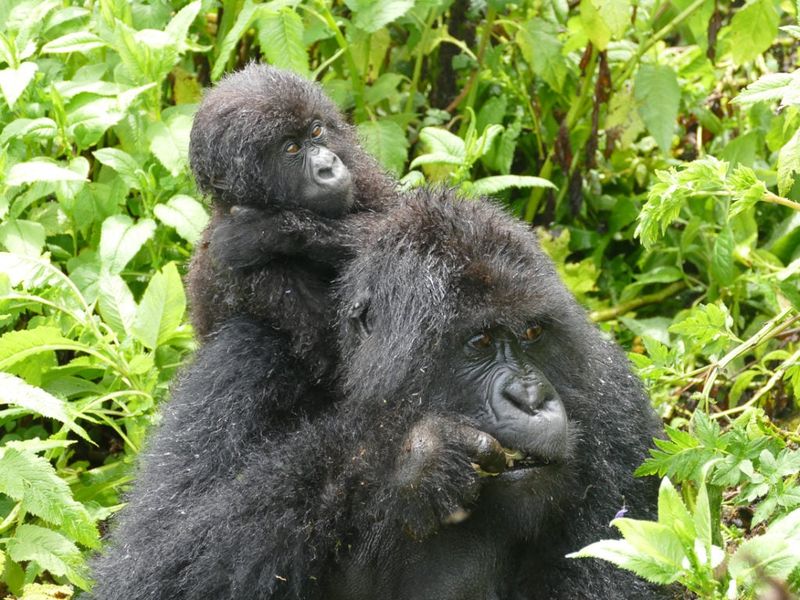
Unlike many primate species, female gorillas typically leave their birth groups when reaching maturity. This natural behavior, documented extensively in the PNAS study, prevents inbreeding and promotes genetic diversity.
Researchers tracked 42 females who migrated between groups over the study period. These females faced significant social challenges, needing to establish new relationships and navigate unfamiliar social hierarchies.
The study revealed that successful female migrants developed specific social strategies – like increased grooming of dominant females and careful approaches to silverbacks.
While this migration pattern benefits the species genetically, it creates periods of social vulnerability for individual females, highlighting the complex trade-offs in gorilla society.
7. Food Sharing Strengthens Group Cohesion

Gorillas rarely share food directly, but the PNAS study documented a fascinating phenomenon: tolerance during feeding sessions correlates strongly with social bonds. Gorillas allow close allies to feed nearby without aggression, creating an indirect form of resource sharing.
Mothers showed the highest tolerance, permitting their offspring to feed alongside them and occasionally even handing over choice food items.
Surprisingly, silverbacks demonstrated similar tolerance toward females with whom they had strong bonds. Researchers noted that groups with more feeding tolerance experienced fewer conflicts overall.
This peaceful coexistence around resources appears to strengthen social connections, suggesting that gorilla “dinner time” serves not just nutritional needs but social ones too.
8. Motherhood Creates Female Social Networks
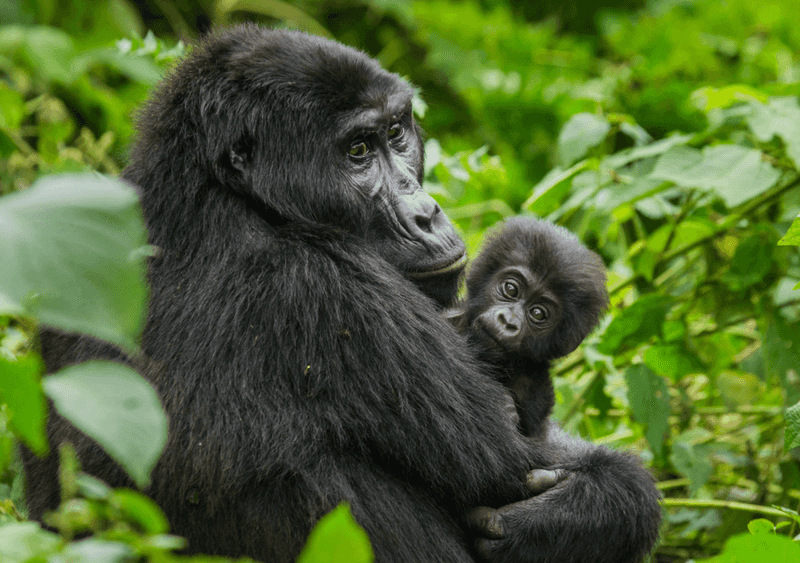
Motherhood transforms female gorillas’ social lives. The long-term study revealed that mothers form special bonds with other mothers, creating supportive networks within the larger group structure.
These maternal alliances serve practical purposes – mothers watch each other’s infants, intervene when youngsters play too roughly, and even share childcare duties in some cases.
Researchers documented instances where lactating females allowed non-offspring to nurse during emergencies. Female gorillas with strong maternal networks showed lower stress hormone levels and higher reproductive success over time.
This “mothers’ club” phenomenon parallels human behavior, where new mothers often seek community with other parents, suggesting deep evolutionary roots for maternal social bonding across primate species.
9. Adolescent Males Face Social Challenges

Teen gorillas experience their own version of adolescent awkwardness. As young males mature, they enter a difficult social phase where they’re no longer welcome in childhood play groups but aren’t yet accepted by adult males.
The PNAS study tracked 28 adolescent males through this transition period. These “teenagers” often formed loose bachelor groups at the periphery of main family units.
Researchers observed increased stress markers in these individuals, with cortisol levels averaging 37% higher than other age groups.
Many adolescent males eventually leave their birth groups entirely – a risky period when they travel alone before establishing their own families or joining new groups.
This challenging transition appears necessary for healthy social development and prevents genetic inbreeding within groups.
10. Grief Behaviors Show Emotional Depth

When group members die, gorillas display behaviors that look remarkably like human grief. The PNAS researchers documented gorillas refusing to leave the bodies of deceased group members, sometimes guarding them for days.
Mothers who lost infants carried their deceased babies for up to two weeks – a heartbreaking behavior that researchers believe helps with the grieving process.
Other group members often stayed closer to grieving individuals, providing what appears to be emotional support. Gorilla groups typically became quieter and traveled less following a death.
These mourning-like behaviors underscore the deep emotional lives of gorillas and suggest that social bonds continue to matter even after death – challenging old assumptions about emotional complexity being unique to humans.
11. Habitat Loss Disrupts Social Structures
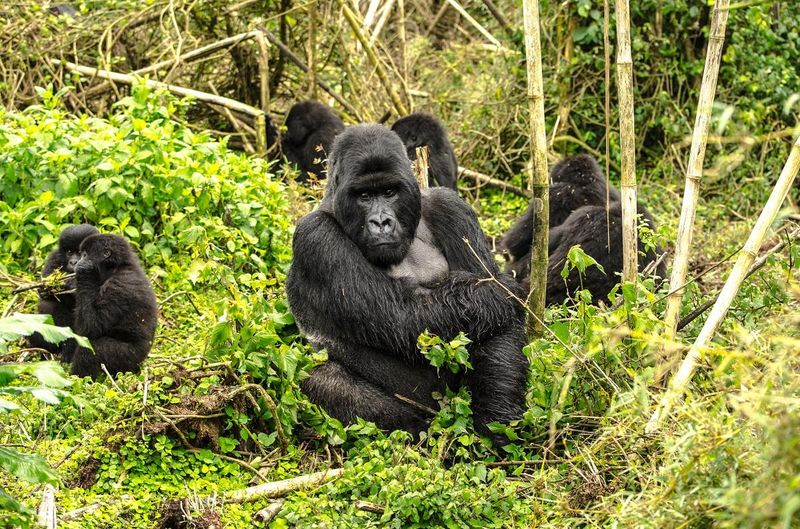
The PNAS study revealed a troubling connection between habitat disruption and social breakdown. When gorilla habitats shrank due to human encroachment, researchers observed measurable changes in social behaviors.
Groups forced into smaller territories showed increased aggression, disrupted feeding patterns, and weakened social bonds. Female migration patterns – crucial for genetic diversity – became restricted when forest corridors disappeared.
Particularly concerning, researchers documented a 24% decrease in play behaviors among young gorillas in disturbed habitats. This reduction in social learning opportunities could have long-term consequences for gorilla society.
The findings emphasize that conservation efforts must consider not just gorilla survival but the preservation of their complex social systems.
12. Tourism Creates Mixed Social Effects
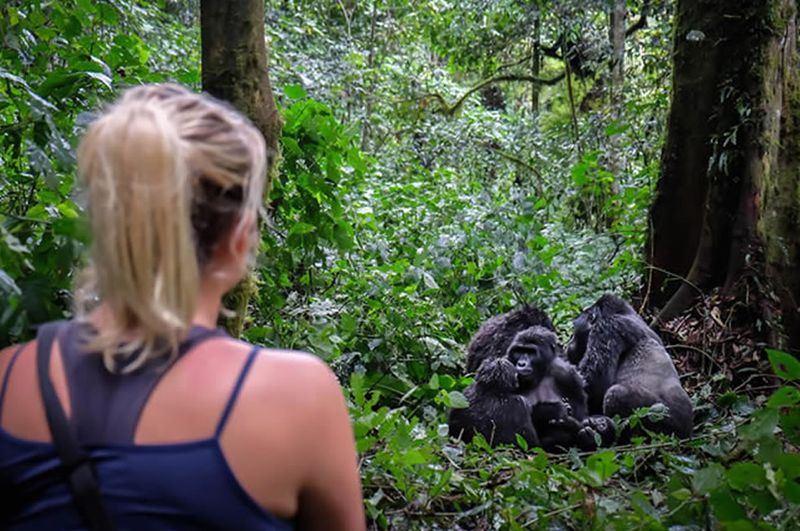
Gorilla tourism generates essential conservation funding but creates complex social impacts. The PNAS researchers compared habituated gorilla groups that regularly encounter tourists with non-habituated groups.
Habituated gorillas showed altered daily routines and rest patterns. Some social behaviors decreased during tourist visits, with grooming sessions dropping by 18% when humans were present.
However, researchers also noted that habituated groups enjoyed greater protection from poaching and received veterinary intervention when needed.
These protected groups showed higher infant survival rates despite the social disruptions. This complicated trade-off highlights the challenge of balancing conservation needs with protecting natural gorilla behaviors – a delicate balance that requires ongoing scientific monitoring.


